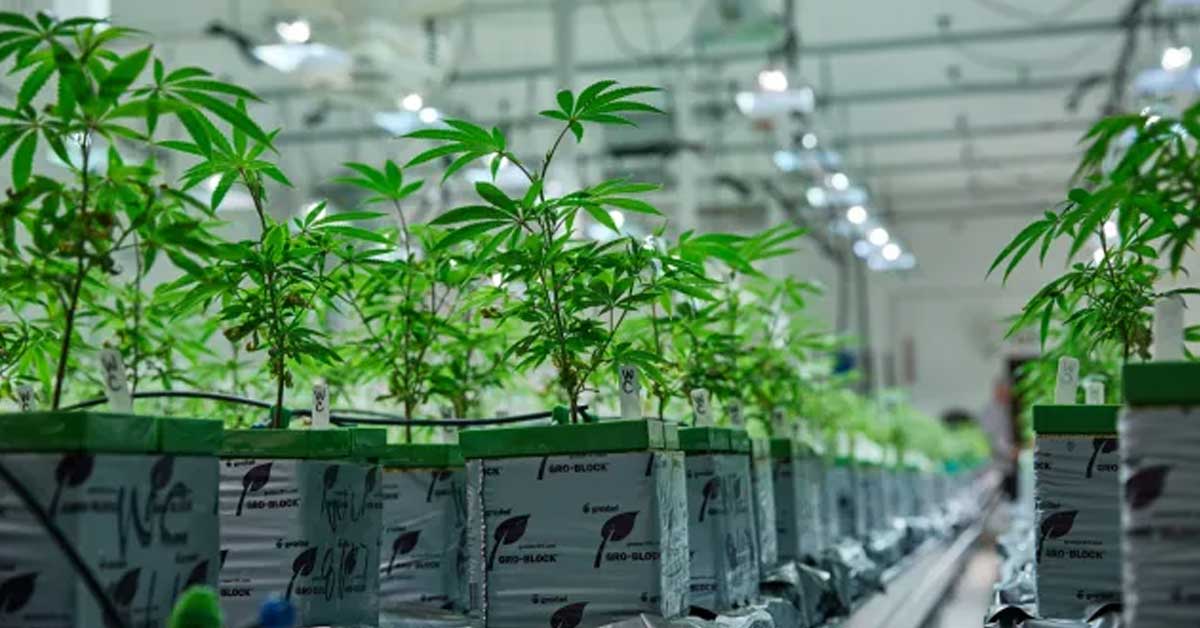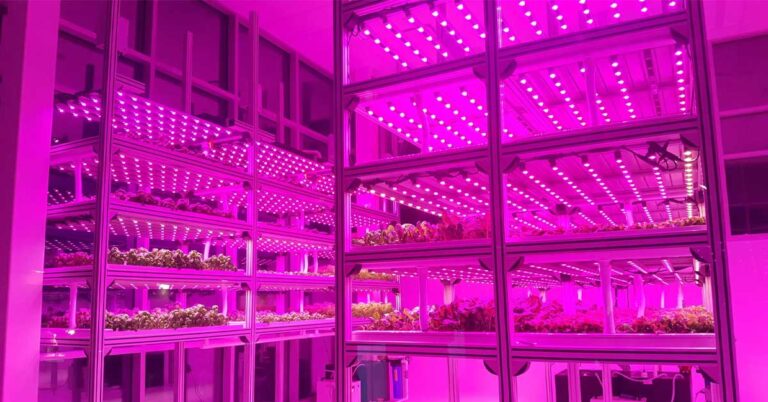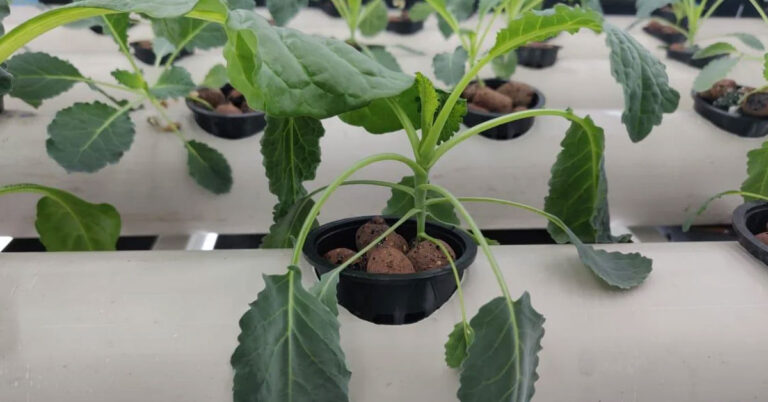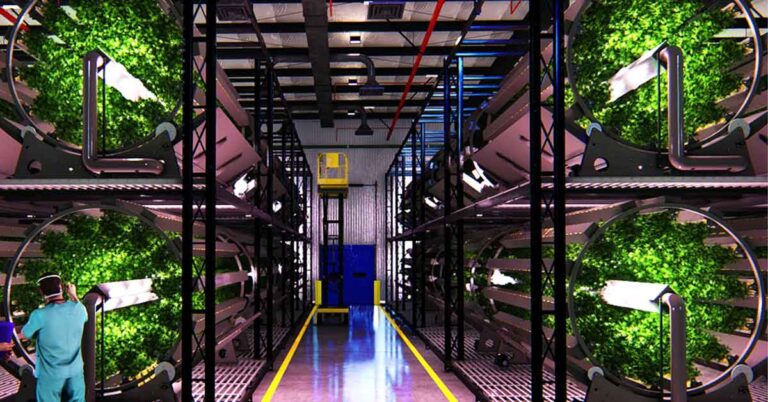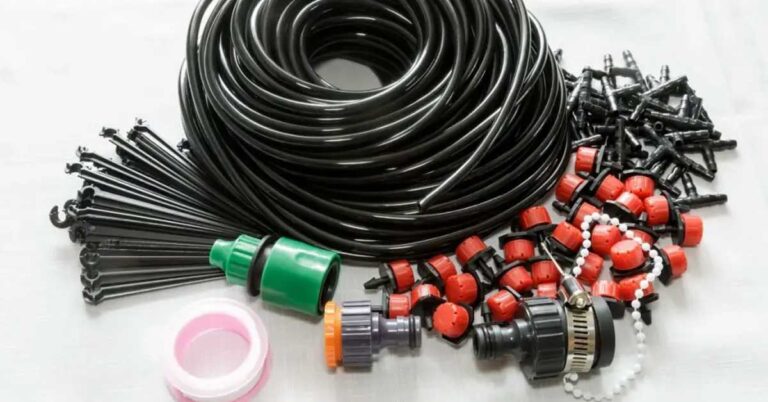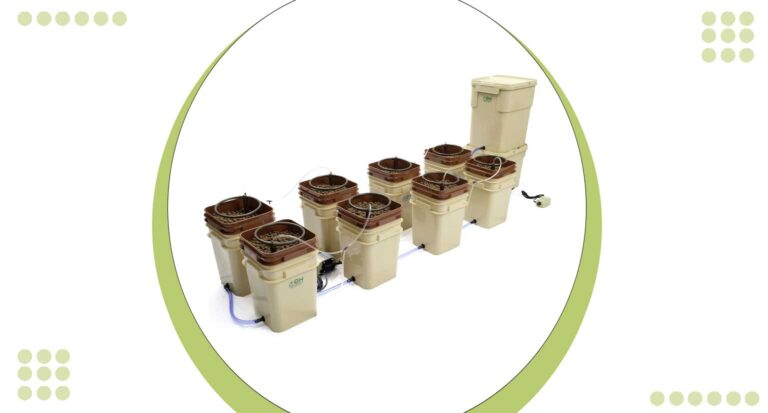Hydroponic Grow Op
Hydroponic grow operations represent a revolutionary shift in agricultural practices, leveraging cutting-edge technology to cultivate crops in nutrient-rich water solutions, rather than traditional soil mediums.
This innovative approach optimizes plant growth, enhancing production rates and crop quality, while simultaneously reducing the need for large farmland areas.
The system, thus, presents a sustainable and efficient solution to the growing demands of the global population, opening new avenues for urban and indoor farming.
What is a hydroponic grow op and why should you consider one
A hydroponic grow operation, commonly known as a ‘hydroponic grow op’, is a method of cultivating plants — most often fruits, vegetables, herbs or flowers — without soil.
Instead, nutrients are delivered directly to the plant’s roots through a water-based solution. This method provides several distinct advantages.
The most significant of these is the potential for faster growth and higher yields, as plants can easily access the nutrients they need.
Furthermore, hydroponic grow ops can be set up almost anywhere, allowing year-round cultivation regardless of external weather conditions.
They also use less water than traditional farming methods, making them an environmentally friendly choice.
Therefore, considering a hydroponic grow op can be beneficial for those seeking to optimize their plant production and minimize their environmental footprint.
Benefits of owning a hydroponic grow op for your garden
Owning a hydroponic grow op brings myriad benefits to your garden. First and foremost, it offers a significant increase in plant growth speed and yield.
Since plants are not competing for nutrients as they would in soil, they can grow up to 50% faster and produce significantly more. Secondly, hydroponic systems are space efficient.
You can grow more plants in the same space because you can plant them closer together. Thirdly, hydroponic grow ops are sustainable, using up to 90% less water than traditional gardening methods as the water is recycled within the system.
Finally, such systems reduce the need for pesticides and herbicides since the soil-less environment is less conducive to disease and pests.
This leads to healthier, more organic produce. Hence, a hydroponic grow op can revolutionize your gardening experience.
Different types of hydroponic systems are available
There are several types of hydroponic systems available, each with its own unique attributes and advantages.
Aeroponics
This is a soil-less system in which roots are suspended in air and misted with nutrient solution. It allows for excellent oxygenation and nutrient absorption, promoting rapid growth.
Deep Water Culture (DWC)
In this system, plant roots are suspended in a nutrient solution with an air stone providing oxygen. DWC is popular for its simplicity and efficiency.
Nutrient Film Technique (NFT)
This system utilizes a thin film of nutrient solution flowing over roots, providing nutrients and oxygen. NFT is efficient and versatile, but requires careful management to prevent drying out.
Drip Systems
These systems deliver a nutrient solution directly to the root zone of each plant via a network of tubes. They are highly customizable and can be scaled to accommodate large grow operations.
Ebb and Flow (Flood and Drain)
This system periodically floods the plant roots with nutrient solution before draining it away, allowing the roots to take in both nutrients and air. It is reliable and suitable for various plant types.
Wick Systems
In these passive systems, a wick draws up the nutrient solution to the root zone. Wick systems are simple and inexpensive, but less suitable for larger, more nutrient-hungry plants.
How to set up your own hydroponic grow op
Setting up your own hydroponic grow op may seem intimidating at first, but with careful planning and the right resources, you can start your own system successfully.
Here’s a basic step-by-step guide to get you started:
Choose a Hydroponic System
Based on your needs and resources, select the type of hydroponic system that fits your operation best. As mentioned above, there are several types to choose from: Aeroponics, Deep Water Culture, Nutrient Film Technique, Drip Systems, Ebb and Flow, and Wick Systems.
Select a Suitable Location
Your hydroponic system can be indoors or outdoors, but it should be in a space with controlled temperature, humidity, and light. Ensure the location has easy access to water and electricity.
Acquire Necessary Equipment
Depending on the system you’ve chosen, gather all the necessary equipment. This might include grow lights, a water pump, air stones or diffusers, trays or containers, pH and nutrient meters, timers, and of course, your hydroponic nutrients.
Set Up Your System
Follow the instructions specific to your chosen hydroponic system to set it up. Install your grow lights, set up your water pump, and prepare your nutrient solution.
Plant Your Crops
Once your system is ready, you can place your plants. You may start your plants from seeds or purchase seedlings. Your plants should be placed in a suitable growing medium such as perlite or coco coir.
Monitor Your Crops Regularly
Check the pH and nutrient levels regularly and adjust as necessary. Keep an eye out for pests or diseases, and manage them promptly.
Benefits and drawbacks of using a hydroponic system
Like any other farming method, hydroponic systems come with both advantages and disadvantages.
Advantages of Hydroponic Systems
- Efficient Use of Space and Location Flexibility: Hydroponic systems can be set up in small spaces, indoors or outdoors, allowing for year-round cultivation in any climate or location.
- Water and Nutrient Efficiency: Hydroponics use significantly less water compared to traditional farming. The nutrient solution is also recycled within the system, reducing waste.
- Reduced Pests and Diseases: Since soil is not used, the risk of soil-borne diseases and pests is significantly reduced.
- Faster and Larger Yields: Hydroponic systems allow plants to grow faster and produce higher yields as they receive optimal nutrient supplies directly to their roots.
Disadvantages of Hydroponic Systems
- Initial Cost: The initial setup cost for a hydroponic system can be high, especially for larger operations.
- Technical Knowledge and Management: Hydroponic systems require some knowledge of plant nutrition and pH levels, and constant monitoring and adjustments may be necessary.
- Power Reliance: Hydroponic systems are heavily dependent on electricity. Power outages can be detrimental, especially for systems that use electric pumps.
- Risk of Water-Based Diseases: While soil-borne diseases are reduced, plants are still susceptible to water-borne diseases.
Tips for getting the most out of your hydroponic grow op
To maximize the success and productivity of your hydroponic setup, consider the following tips:
- Monitor Regularly: Checking the pH and nutrient levels in your system frequently and making adjustments as necessary is a crucial part of maintaining a healthy hydroponic garden. Regular monitoring can also help detect any potential issues early, before they have a chance to harm your plants.
- Choose the Right Plants: Not all plants are suited to hydroponic cultivation. Leafy greens, herbs, and some fruits like strawberries and tomatoes often grow well hydroponically. Research your plants’ specific needs and choose those that are compatible with your system and environment.
- Maintain Optimal Conditions: Hydroponic plants thrive in controlled environments. Keep the temperature, humidity, and light levels within an appropriate range for your plants’ species and growth stage.
- Clean Regularly: To prevent the spread of disease and keep your system running smoothly, clean your system regularly. This includes wiping down surfaces, changing out the nutrient solution, and sterilizing any tools or equipment you use.
- Provide Adequate Air Circulation: Good air flow can help prevent the growth of mold and other pathogens. It also ensures that your plants have plenty of carbon dioxide for photosynthesis. Consider investing in a fan or air stone to improve air circulation.
- Start Small and Expand Gradually: If you’re new to hydroponics, start with a small system and a few easy-to-grow plants. As you gain experience and confidence, you can gradually expand your operation.
Conclusion
In summary, hydroponic farming presents a compelling and efficient alternative to traditional soil-based agriculture.
Its advantages of space and water efficiency, improved yields, and the ability to cultivate year-round in any climate make it an appealing choice for urban or indoor gardening.
However, it’s essential to remember that this method requires a considerable initial investment, reliance on electricity, and ongoing hands-on management to maintain optimal plant growth conditions.
Regular monitoring, picking the right plants, maintaining optimal conditions, and ensuring cleanliness and adequate air circulation are crucial to get the most out of your hydroponic grow op.
Despite some drawbacks, with thorough planning and diligent management, hydroponics can potentially revolutionize the way we view farming, making it accessible to anyone, anywhere, at any time of the year.

